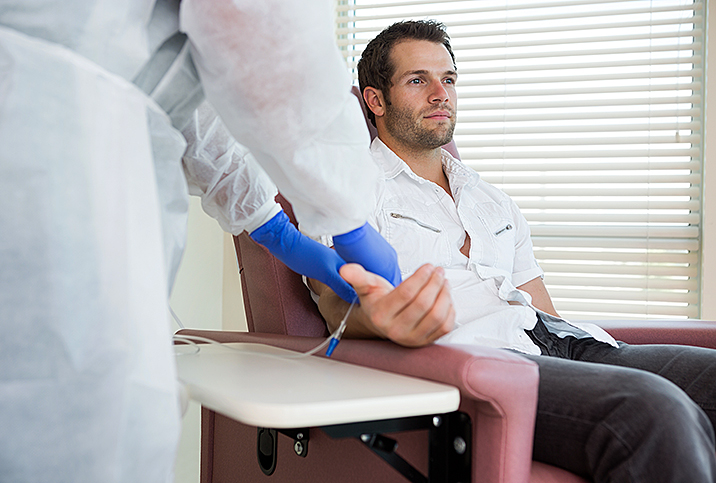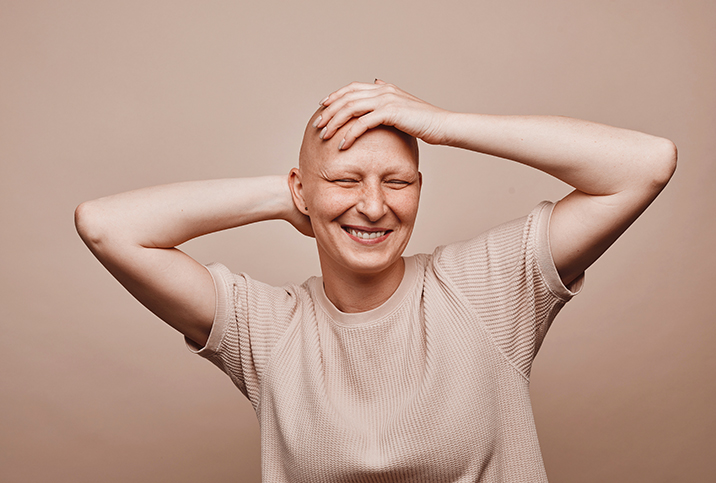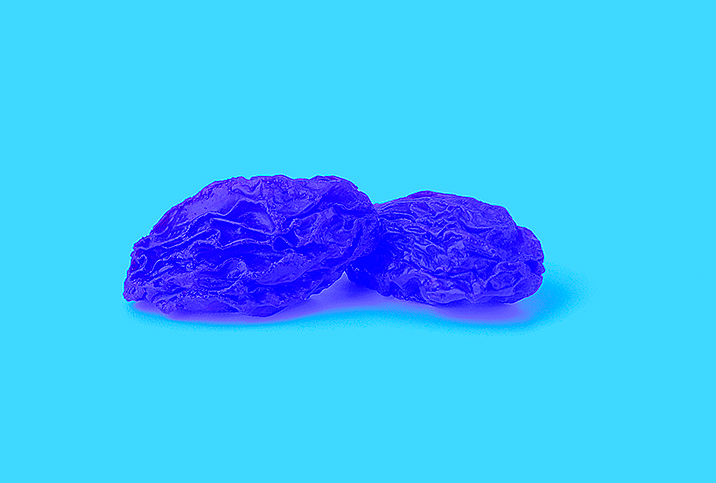How Much Do You Really Know About Chemotherapy?

Chemotherapy is the term used to describe the administration of anticancer drugs that work to kill or shrink fast-growing cancer cells in the body. These drugs come in different types, and the methods of delivery differ, too. Treatment depends on the person, the stage of cancer and the type of cancer.
Chemotherapy follows a care plan set by a medical team that can involve other therapies to effectively cure or manage the cancer present in the body. It is also known as systemic therapy.
Types of chemotherapy treatment
"Different chemotherapy drugs act on different parts of the cell growth process and impact not only cancer cells but also normal cells, particularly those that are growing more quickly, like hair root cells, which is why hair loss happens with many chemotherapy drugs," said Anne Peled, M.D., a breast cancer surgeon and the co-director of the Breast Care Center of Excellence at Sutter Health California Pacific Medical Center in San Francisco.
The two most common types of chemotherapy are:
- Intravenous chemotherapy. This is usually performed in a hospital with an IV tube that goes into the hand, arm or chest.
- Oral chemotherapy. Taken at home, this course of medicine is self-administered and monitored with regular in-hospital checkups.
Chemotherapy can also be delivered as an injection into different parts of the body, such as the muscles or arteries, or applied directly onto the skin as a cream.
Treatment may involve one or more types of chemotherapy, but it usually consists of several sessions spread over a period of time while providers monitor treatment progress as well as your overall health.
At what stage of cancer is chemotherapy required?
"Cancer, in general, is staged based on where the tumor is located. There are, in general, four stages for cancers, ranging from stage I to stage IV, with few exceptions for very few cancer subtypes," said Mohamad Cherry, M.D., the medical director of hematology at Atlantic Medical Group Hematology Oncology in Morristown, New Jersey. "Chemotherapy is mostly used for advanced-stage solid tumors or blood cancers, in general."
Chemotherapy can be used in hopes of achieving the following outcomes:
- Curative chemotherapy aims to provide a cure alone.
- Combined with radiotherapy, it could be more effective.
- It can be used before surgery (neoadjuvant chemotherapy).
- It can be used to reduce the risk of cancer returning after radiation therapy or surgery (adjuvant chemotherapy).
- Palliative care—care meant to improve quality of life—can provide symptom relief for incurable cancer.
How does chemotherapy fit with other treatments?
"Chemotherapy is often used with other treatments, such as hormone-blocking therapy, radiation therapy or immunotherapy," Peled said.
Hormone-blocking therapy works by stopping the hormones that promote cell growth from connecting with cancer cells. Radiation therapy, or radiotherapy, is used externally or internally to either cure the cancer, be combined with treatments such as chemotherapy, prevent cancer from returning or relieve symptoms.
Immunotherapy uses various methods to boost the body's own ability to fight cancer cells.
Chemotherapy can also be administered in conjunction with other principal treatments, such as the following:
- Surgery. A surgeon cuts cancer out of the body, sometimes along with surrounding tissue.
- Hyperthermia. This treatment heats body tissue to damage or destroy cancer cells while preserving normal tissues.
- Photodynamic therapy. A light-activated drug is used to destroy cancerous or abnormal cells.
- Stem cell transplant. This procedure aims to restore cells lost due to chemotherapy or radiation.
- Targeted therapy. This treatment uses small-molecule drugs or monoclonal antibodies to control cancer cells.
"The advantage of chemotherapy compared to surgery or radiation therapy is that it can reach any organ in the body and can kill cells that have left the original tumor, traveled to the blood or lymphatic system and reached distant organs," Cherry said.
In order to find the right treatment, doctors can also use biomarker testing to look at genes, proteins and other biological substances that can provide more information about the type of cancer they're treating.
Facts, stats, studies and history
German chemist Paul Ehrlich came up with the term "chemotherapy" at the beginning of the 1900s to denote the use of chemicals to fight disease, but not specifically cancer.
During World War II, it was discovered that nitrogen mustard worked against lymphoma cancer cells when scientists studied mustard gas. Shortly afterward, the drug aminopterin (a relative of folic acid) had success in treating acute leukemia in children. This drug evolved into methotrexate, which is still used.
In 1956, methotrexate was first used to cure choriocarcinoma (a rare tumor), a form of metastatic cancer, according to the American Cancer Society.
Radiotherapy and surgery remained the main forms of cancer therapy until the 1960s. However, because the cure rate didn't get much higher than 33 percent, the new research pointed to using a chemotherapy combination to increase survival outcomes.
Cancer death rates in the United States dropped 27 percent in the period between 2001 and 2020. That success was attributed to several factors, including:
- Targeted health campaigns on smoking
- Vaccines that help prevent cancer, such as for human papillomavirus (HPV) and hepatitis B
- Screening tests that detect cancer or precancer early
- New treatments
In 2020, lung cancer was the foremost cause of cancer death in the U.S., accounting for 23 percent of cancer mortality. The next most common was colorectal cancer, which made up 9 percent, and pancreatic cancer at 8 percent.
Worldwide, cancer is a leading cause of death, with almost 10 million casualties in 2020, or almost 1 in 6 of all deaths.
In 2018, more than half of new cancer patients around the globe—9.8 million out of 17 million—needed chemotherapy as part of their treatment. Researchers have predicted a 50 percent rise in demand for chemotherapy by 2040.
Final thoughts
As a treatment, chemo has come a long way, with side effects such as sickness and hair loss being much improved since the early days of the process. Cooling hair caps (scalp hypothermia) and anti-nausea medication can now help with both of these symptoms.
Chemotherapy is also used to help treat other conditions, such as lupus and rheumatoid arthritis.
As cancer research and therapy improvements remain at the forefront of medical innovation, this science is being regularly expanded upon in a way that can help everyone.


















